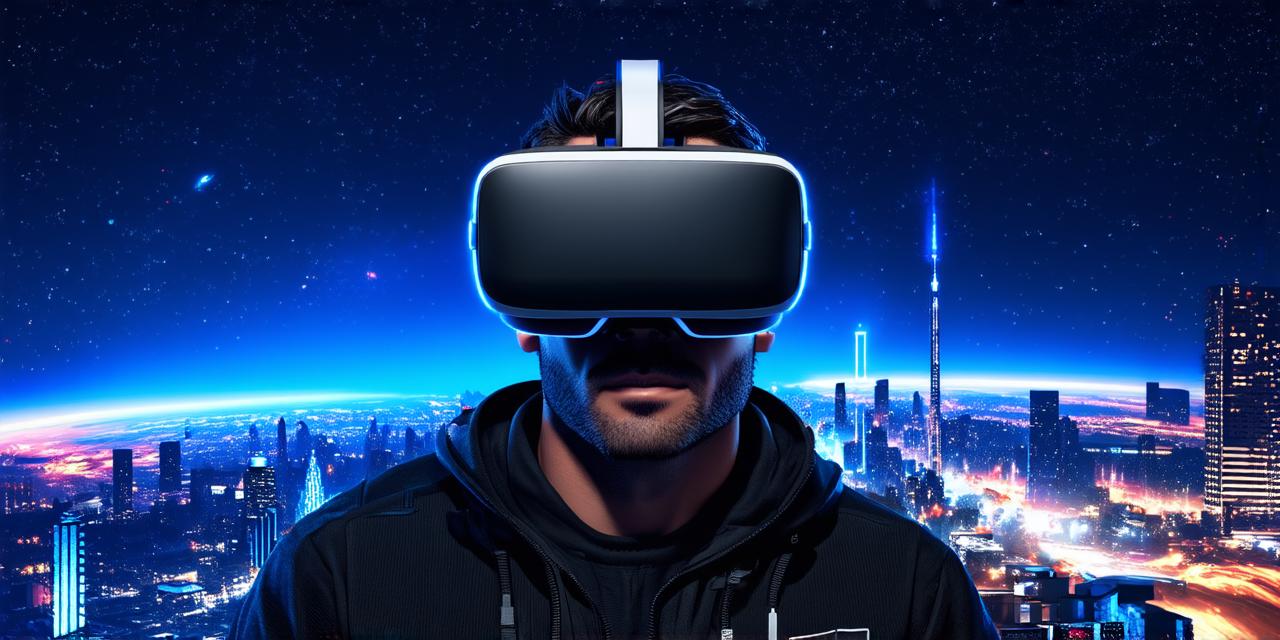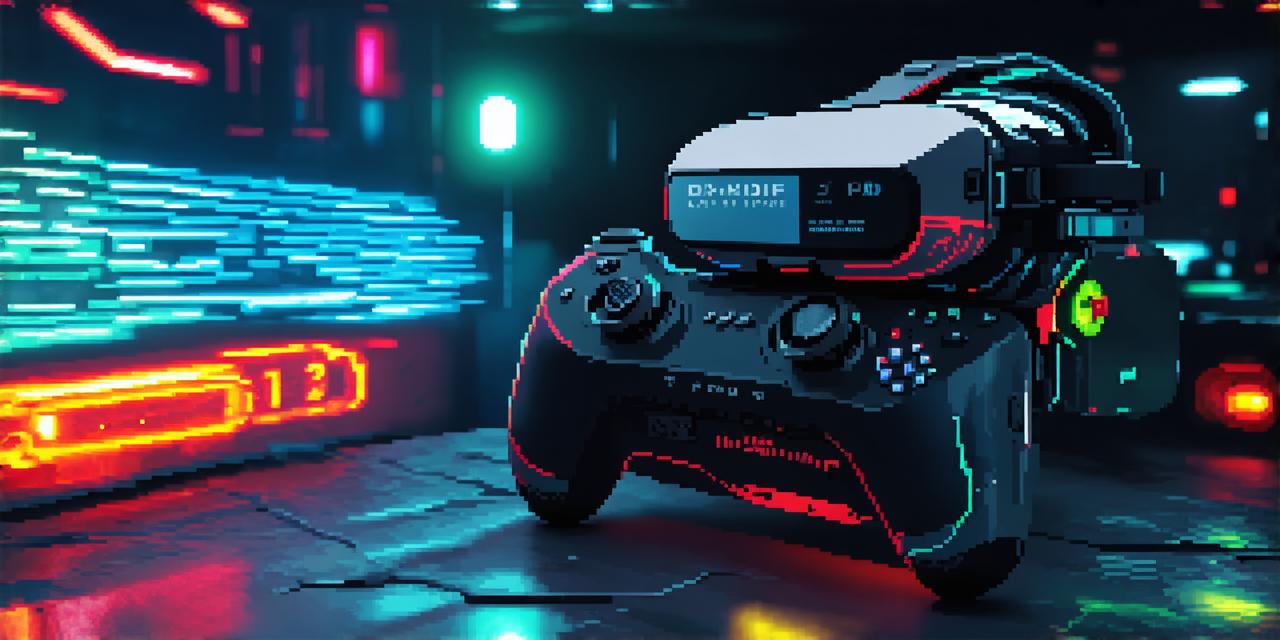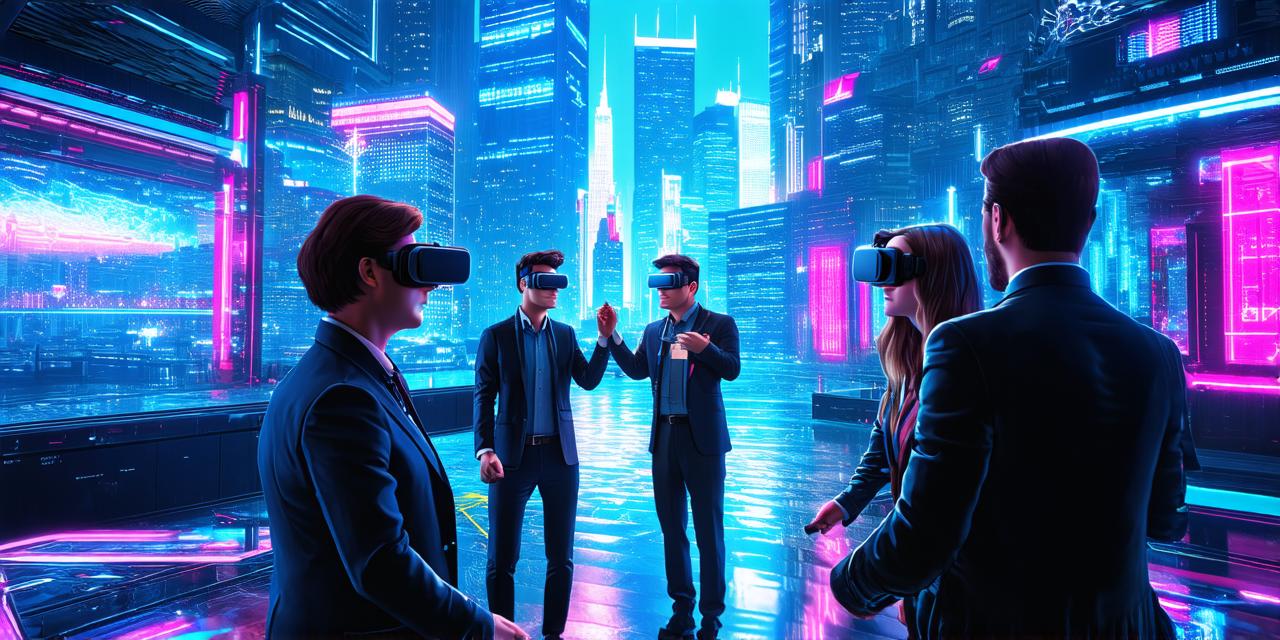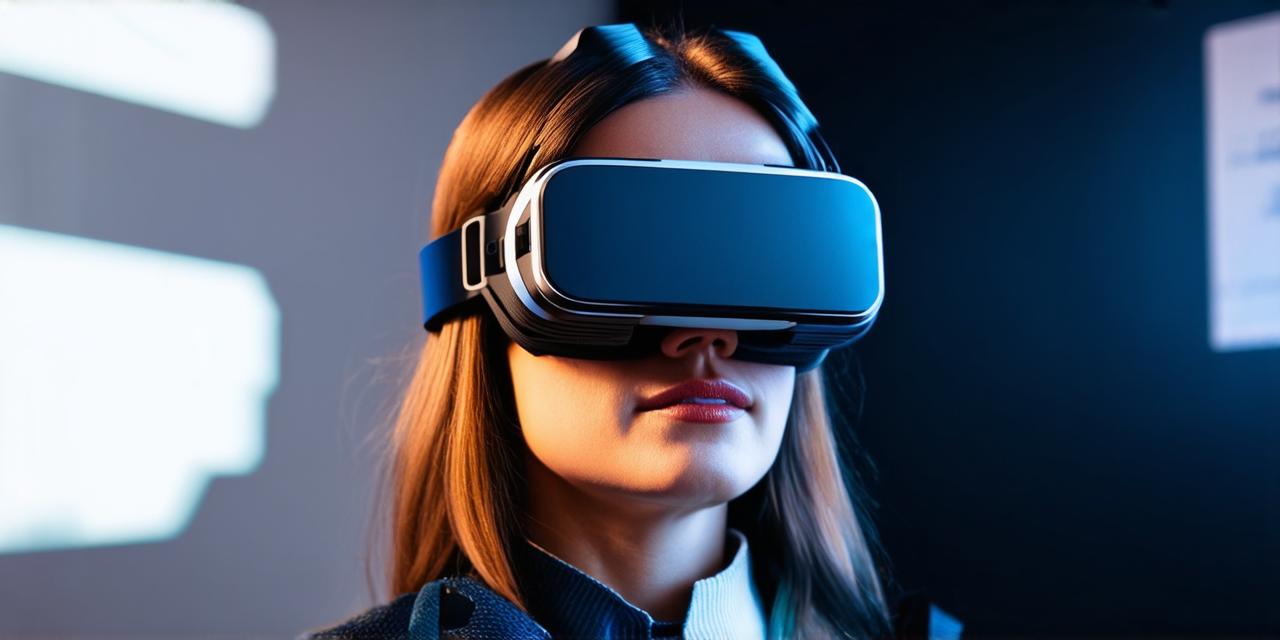What is Pass-Through Feature?
The pass-through feature allows users to see their real-world environment as if they were not wearing a VR headset. This means that the user can still see and interact with the physical world around them, while still experiencing immersive content in VR. The pass-through feature is typically implemented in VR headsets using two cameras that capture the user’s surroundings and display it on the headset’s screens.
Why is Pass-Through Feature Important?
The pass-through feature is important for several reasons. First, it allows users to have a better understanding of their physical environment while using VR. This can be particularly useful in safety-critical environments such as construction or aviation, where it’s essential that users remain aware of their surroundings. For instance, in construction, workers can use VR simulations to practice working on a building site. However, the pass-through feature allows them to see their environment as if they were not wearing a VR headset, so they can still monitor the equipment and ensure that safety protocols are followed.
Second, the pass-through feature enables developers to test and debug VR applications in real-world scenarios. By being able to see how a user interacts with their environment while using VR, developers can identify potential issues before the application is released. This can save time and money in the long run, as it reduces the need for expensive and time-consuming testing processes. For example, in gaming, the pass-through feature allows game developers to test how players interact with their virtual environment while still being able to see their surroundings.
Third, the pass-through feature allows users to experience VR content in a more natural way. By being able to see their real-world environment while using VR, users can better understand how they are interacting with the virtual world around them. This can improve the overall user experience and make VR applications more immersive and engaging. For instance, in healthcare, patients can use VR simulations to practice physical therapy exercises. However, the pass-through feature allows them to see their surroundings while using the VR headset, so they can still receive guidance from a physical therapist.
Case Studies and Real-Life Examples
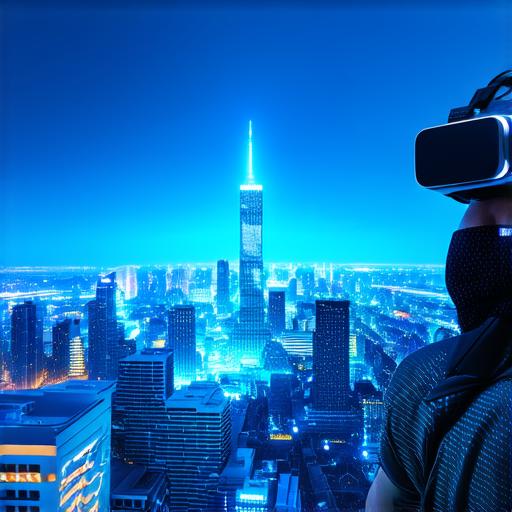
One great example of the importance of pass-through feature is in the field of training and simulation. In aviation, pilots can use VR simulations to practice flying without leaving the ground. However, it’s important that they remain aware of their physical surroundings while using the VR headset. The pass-through feature allows them to see their environment as if they were not wearing a VR headset, so they can still monitor the aircraft’s fuel levels and other critical systems. For instance, pilots in the military use VR simulations to practice flying in combat situations. However, the pass-through feature allows them to see their surroundings while using the VR headset, so they can still receive guidance from flight instructors.
Another example is in the field of architecture. Architects can use VR applications to design and visualize buildings and environments. However, it’s important that they are able to see how their designs will look in real-life scenarios. The pass-through feature allows them to test their designs in a more natural way, so they can make changes and improvements before the building is constructed. For instance, architects in interior design can use VR simulations to design and visualize furniture layouts for a client’s home. However, the pass-through feature allows them to see how their designs will look in real life, so they can make adjustments as needed.
Conclusion
In conclusion, the pass-through feature is an essential component of VR headsets. It allows users to have a better understanding of their physical environment while using VR, enables developers to test and debug applications in real-world scenarios, and allows users to experience VR content in a more natural way. With the growing popularity of VR across various industries, it’s important that developers understand the importance of this feature and incorporate it into their VR applications. By doing so, they can create more immersive and engaging experiences for users while ensuring safety and accuracy.
